The New Yorker, via the pen of E.B. White, looked to the metropolis of the future in the Oct. 19, 1929 issue — to a city of glass towers that were ready to move from drafting table to reality. That is, until the stock market crash, just days away, which would put a heavy damper on those visions.
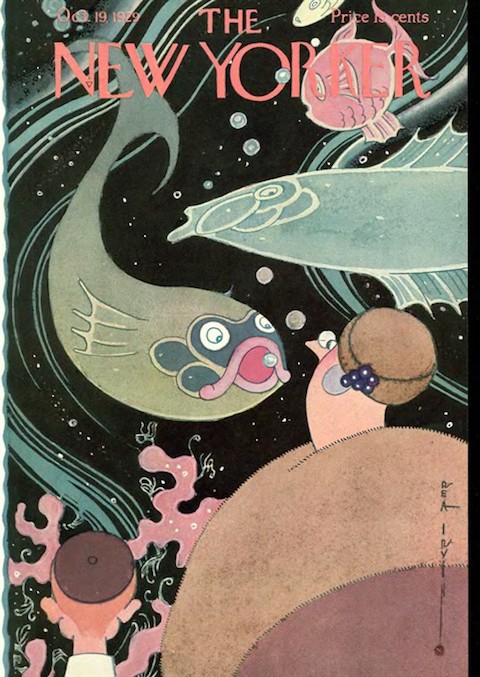
White reported in “The Talk of the Town” that several “all-glass” buildings were in the works, including “four apartment houses of glass” designed by Frank Lloyd Wright:
The 1926 Pinaud cosmetics factory designed by Ely Jacques Kahn and Albert-Buchman was poised to get a three-story addition (by Kahn) constructed entirely of glass block, but the market crash likely killed the project. The Depression probably didn’t help Wright’s project either, which would have constituted his first buildings in New York City, and the first with all-glass exteriors.

Thanks to the Depression, and World War II, Gotham would have to wait 23 years for its houses of glass…

and let’s not forget one of the most important post-war modernist statements to rise near the East River…
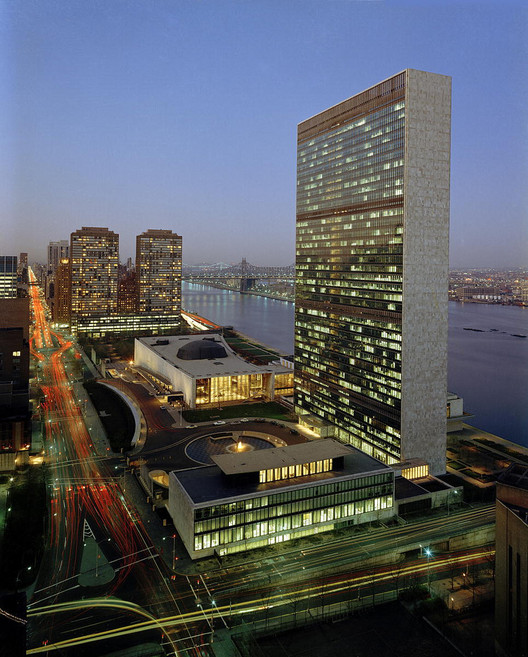
* * *
Rising From the Ashes
While most architects were looking to the future, some still gazed into the past, and in the case of Whitney Warren, rather bitterly. It was Warren who designed a new library in Louvain, Belgium, to replace one that was burned to ground by invading German troops during World War I. Around three hundred thousand books and a thousand manuscripts were destroyed in the fire, not to mention thousands of civilians who died during the invasion and occupation. The New Yorker seemed ready to forgive, but given the scale of the atrocity just fifteen years earlier, one could understand Warren’s obstinance:
And to add insult to injury, the second library designed by Warren was also destroyed by the Germans in the World War II. What stands today is a restoration of that building.

* * *
Belles Lettres? Non!
E.B. White, in his “Notes and Comment,” noted a new trend in the world of letters: celebrity authors. White lamented that the job of writing books and newspaper articles was being usurped by politicians, actors and athletes:

* * *
Where Babies Come From
For his “A Reporter at Large” column, Morris Markey paid a visit to the Lying-In Society of New York, a maternity hospital now known as Rutherford Place. I include a few excerpts below to give some idea how times have changed in the past 89 years…

…imagine, if you will, the scent of ether (then commonly used as an anesthetic) and other drugs as you entered the hospital (no air-conditioning or HVAC to whisk those odors away!)…

…not to mention the sweat of anxious fathers banished from delivery or recovery rooms…

…or hospital stays for mothers that averaged ten days…
* * *
Should Have Stayed Home
Dorothy Parker was dealing with a “baby’ of her in own, in this case a grown man with the conversational skills of brick wall. She related her experience in a casual titled, “But the One on the Right…” An excerpt:

* * *
More Applause for Helen
The New Yorker continued to shine an approving light on the work of nightclub singer Helen Morgan, this time in her first talking picture, Applause:
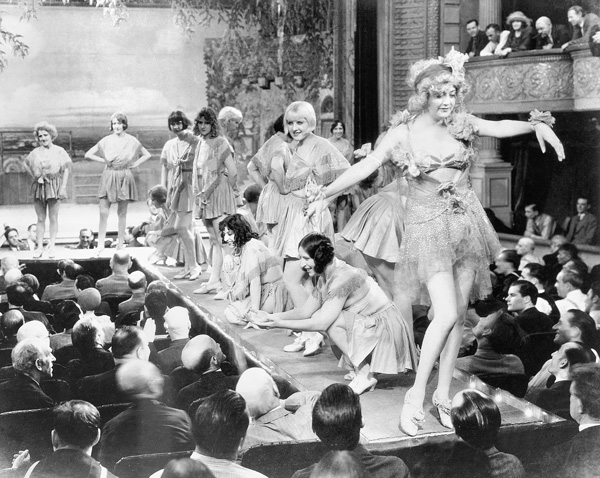
On a sad note, Morgan’s real life had parallels to the film, including the abandonment of a child and a death due to alcohol and drugs — in the film Kitty overdoses on sleeping pills before a show; in real life Morgan would collapse onstage during a Chicago performance of George White’s Scandals. She would die of cirrhosis of the liver in 1941, at age 41.
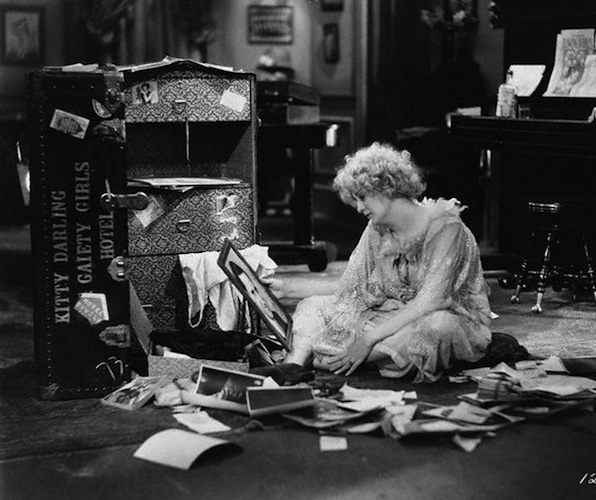
There was no such applause from The New Yorker for another talkie, the screen adaptation of the popular Ziegfeld Broadway stage show Rio Rita:

* * *
From Our Advertisers
The Stewart fashion shop on Fifth Avenue featured a series of attractive, modern ads, these two appearing in the Oct. 19 and 26 issues…
According to the terrific website Driving for Deco, “Stewart and Company broke away from the traditional department store layout. Instead of aisle after aisle of display cases the new store comprised many shops. These “shops” were not individually owned as in a present day mall. They were rooms or alcoves devoted to specific merchandise. The design of the shops and floors fell to several different interior design firms…”

The Depression brought an end to Stewart and Company, which went out of business in the spring of 1930. Later that year Bonwit Teller opened in the former Stewart Building. They would close their doors to business 49 years later.
Sadly the building was demolished in 1980 to make way for a monument to a massive ego: Trump Tower.

…back to the ads, we have another image of a building that is now but a ghost (I am writing this on Halloween)…

…speaking of luxury, these posh types seem to be almost lulled to sleep by RCA’s “Radiola Super-Heterodyne”…
…and I throw in this ad from Milgrim for its use of the word “patrician” to appeal to the aristocratic yearnings of some New Yorker readers…
…perhaps those patricians would have preferred a move to “aristocratic” Scarsdale, as the middle ad below suggests, or perhaps they would have chosen something more “unusual” in East Orange…
…for reference, here is a Google street view image of 75 Prospect in East Orange, New Jersey…
…and if you were of the upper classes, you probably would have wanted the latest in toothbrushes and “French” mouthwashes…
…on to our illustrators and cartoonists, Isadore Klein looked in on the elections…
…Peter Arno illustrated the plight of a hapless silent film actor…
…and Helen Hokinson eavesdropped on a canine faux pas…
Next Time: Prelude to a Crash…

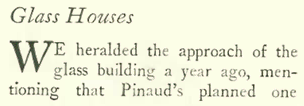
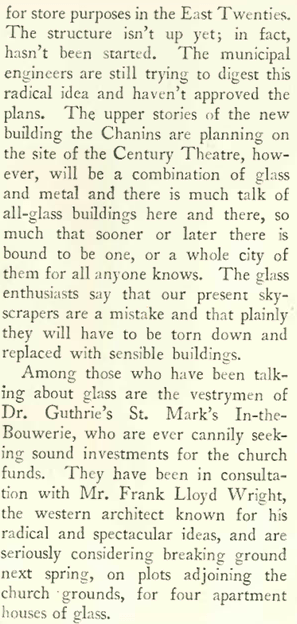
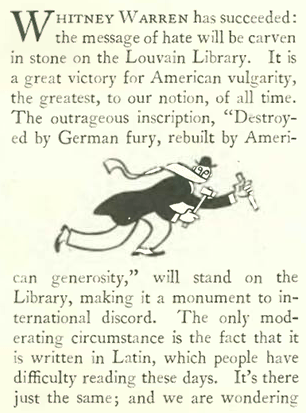

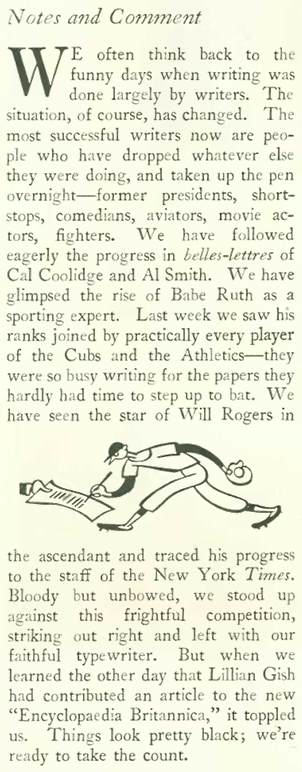
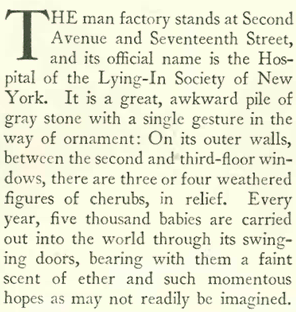
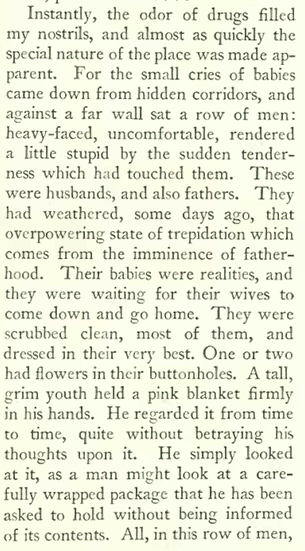
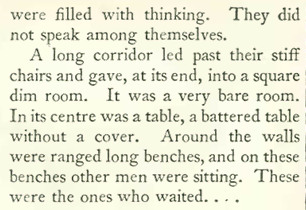

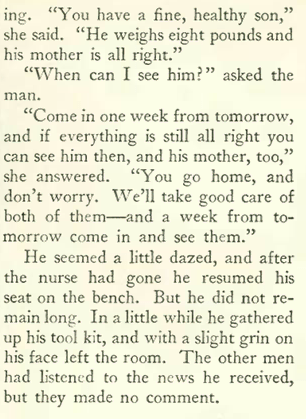
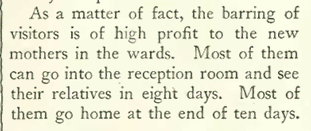


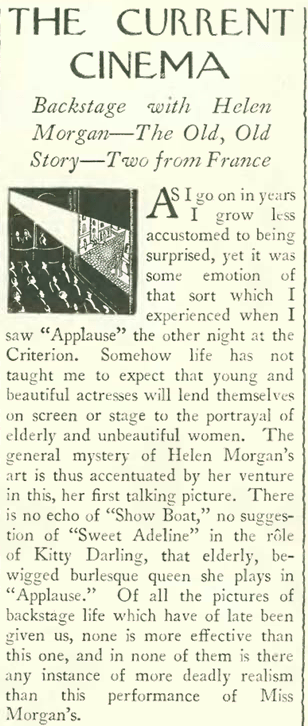
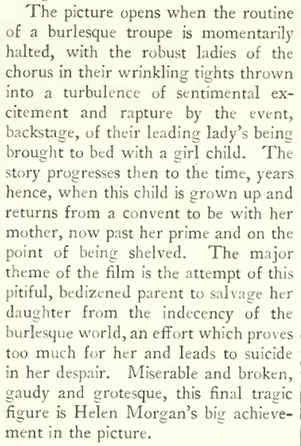



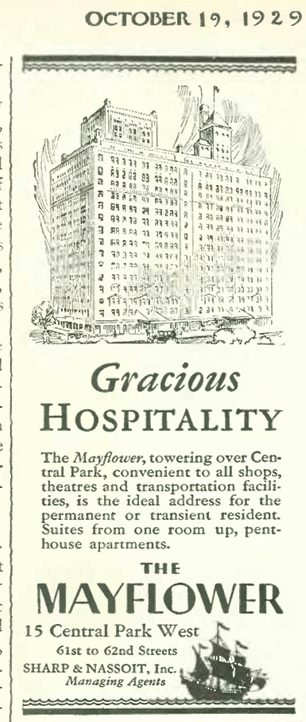





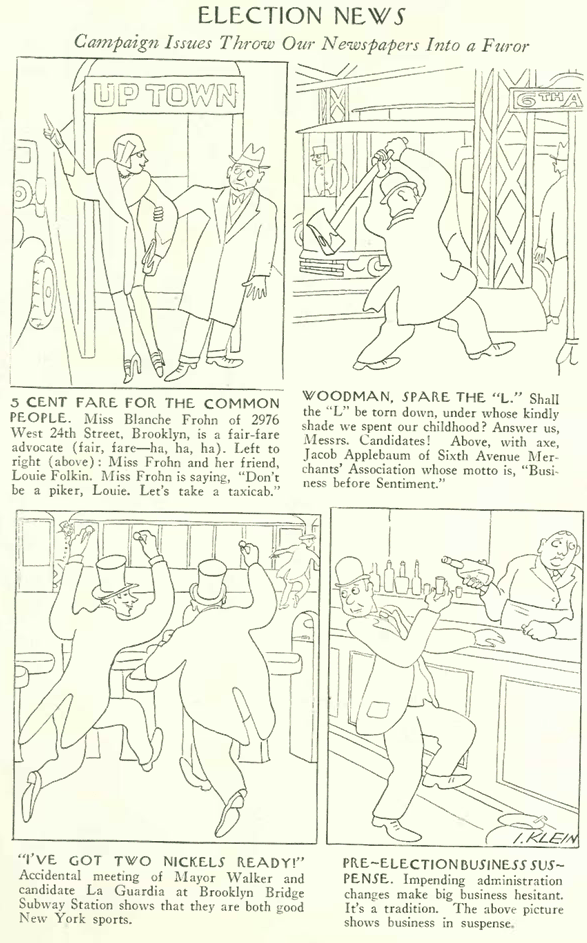



Great post again. Really enjoying these. And thanks also for the link to the Art Deco site.
LikeLike
Hi – There’s a photo in one of your earlier posts that I’d like to find out who the owner of it is. Can you contact me, please?
LikeLike
I have sent you an email. I am happy to help with your request.
LikeLike